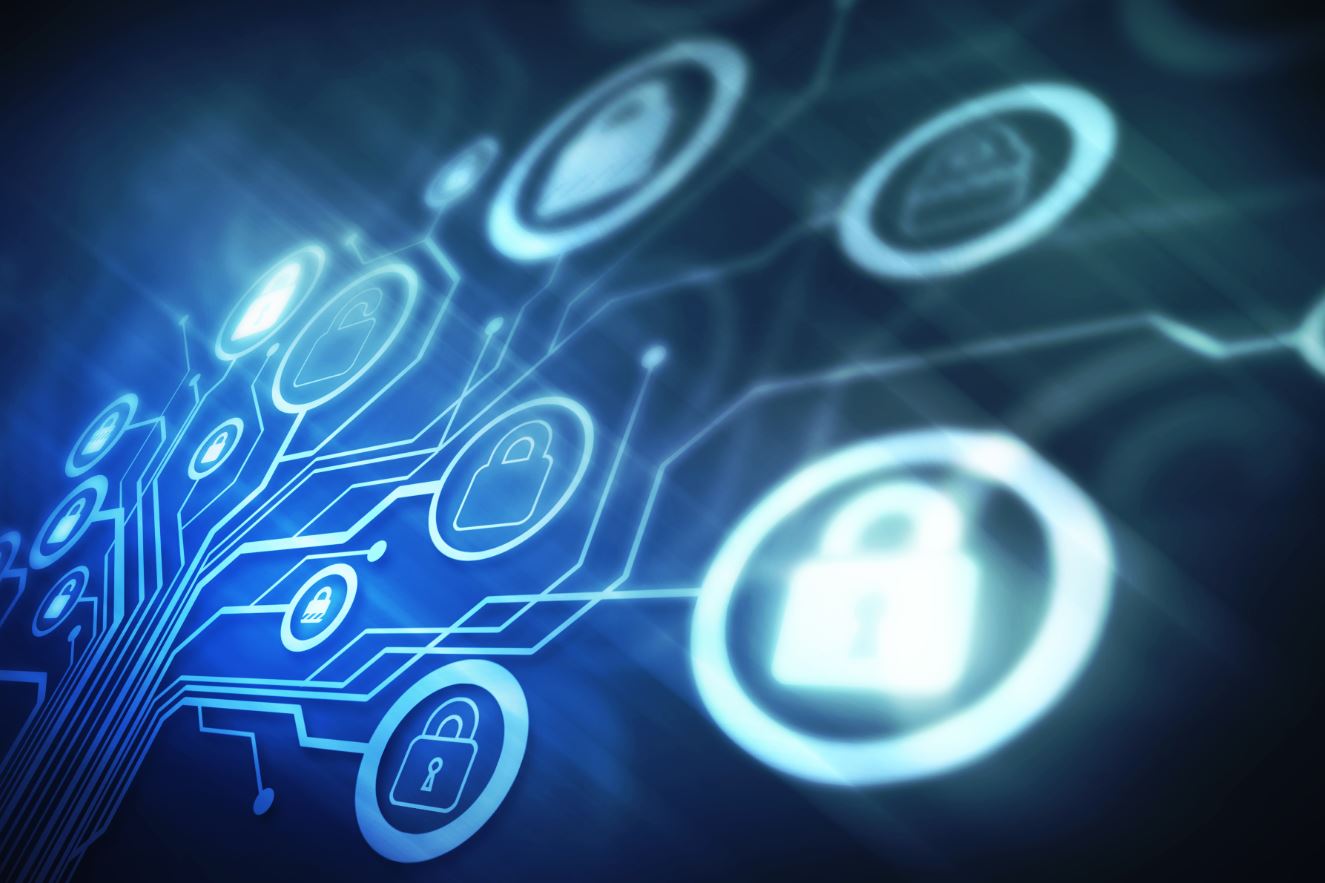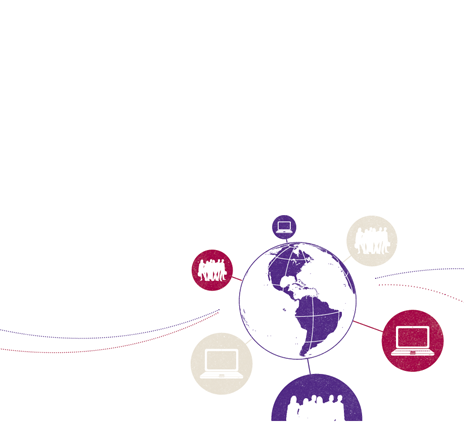-
Deals Services
The financial advisors of Grant Thornton offer customized solutions to their clients through personalized methods and services.
-
Technology
Our goal is to redefine how clients do business. With expertise in digital strategy, AI, data insights, and automation, we create personalized solutions to enhance productivity and drive innovation.
-
Strategy and Investments
The Strategy and Investments department supports businesses at strategic, operational and financial level.

-
Audit Services
The dedicated staff of Grant Thornton provide you with audit services such as financial statements for your business by using the HORIZON methodology.
-
Business Growth Advisory
At Grant Thornton, we recognize the need to align financial data with regulatory change, as well as the requirement for accurate financial data and consulting services.
-
Environmental, Social, Governance, Risk & Compliance
In the current business and regulatory environment, businesses aspire to meet today's requirements effectively, and to create value on sustainable terms.

-
Corporate Taxation
Grant Thornton's tax professionals offer Corporate Taxation Services to provide advice and solutions to any issues your business may have.
-
Corporate tax compliance
The Grant Thornton corporate tax compliance specilaists possess long experience in both multinationals and Greek companies in all business sectors.
-
International tax services
Grant Thornton supports all businesses operating at the European and international level with advice on international tax matters.
-
Transfer pricing
Grant Thornton offers comprehensive pricing policy planning and tax audit support for domestic, multinational and corporate tax executives.
-
Tax Controversy
Grant Thornton provides tax audit and risk services because tax disputes are unavoidable in numerous businesses.
-
Private Client Services
In case you are an individual, Grant Thornton provides services like tax returns, transfer of wealth to future generations and expatriate taxation services
-
Indirect taxes
Learn more from Grant Thornton about our services for indirect taxes such as real estate taxes, customs, VAT and stamp duties.
-
Tax restructuring
Grant Thornton provides tax advisory services to companies undergoing tax restructuring or a change in their strategic direction.
-
Diagnostic Tax Review
Diagnostic tax review is a tax service offered by Grant Thornton to assist your organisation in identifying and assessing potential tax exposures.
-
Tax efficient supply chain planning
Get informed about tax efficient supply chain planning and how to improve your company's productivity model by reorganizing your productivity activities.
-
Global mobility strategy
In a globalized world, businesses must work seamlessly across borders. Organizations operate in multiple countries and view international expansion as a strategic objective.

-
Accounting & Tax Compliance Services
Transferring non-core, yet important, activities outside the company and assigning them to specialists - external partners (Business Process Outsourcing) is the best practice applied by companies seeking to maximize efficiency and cut costs.
-
HR & Payroll services
Grant Thornton provides specialized services in payroll management and human resources management for any type of company.

-
Banking
Grant Thornton has a dedicated financial services team that provides banking services such as tax and non-bank accountancy advisory services.
-
Insurance
Here you will find all the financial assurance services that Grant Thornton can offer to your company and the pillars that are included.
-
Asset management
In Grant Thornton, asset management is a business approach that concerns assurance and control services and regulatory compliance services.
-
Central Government
Grant Thornton provides services to central government agencies to respond immediately and effectively to the challenges that have arisen.
-
Public Corporations and Organizations
Grant Thornton supports Public Enterprises and Organizations to evaluate their operations and upgrade their services to meet current requirements.
-
Local Government
Grant Thornton and its qualified employees offers audit and consulting services to support local government challenges.
-
NSRF Managing Authorities and Special Services
Grant Thornton's specialized team of executives provides Technical Assistance services for the programs managed by Special Services.
-
Public Health Services
Grant Thornton includes experienced professionals whose aim is to provide integrated services at all levels of the public health system.
-
Social Security Services
The public sector division of Grant Thornton provides high quality audit and advisory support services to members of the pension system.
-
Banking
Banking & Securities
-
Insurance
Insurance
-
Asset management
Asset management
-
Central Government
Grant Thornton provides services to central government agencies to respond immediately and effectively to the challenges that have arisen.
-
Public Corporations and Organizations
Grant Thornton supports Public Enterprises and Organizations to evaluate their operations and upgrade their services to meet current requirements.
-
Local Government
Grant Thornton and its qualified employees offers audit and consulting services to support local government challenges.
-
NSRF Managing Authorities and Special Services
NSRF Managing Authorities and Special Services
-
Public Health Services
Grant Thornton includes experienced professionals whose aim is to provide integrated services at all levels of the public health system.
-
Social Security Services
The public sector division of Grant Thornton provides high quality audit and advisory support services to members of the pension system.
-
Hotels & tourism services
Hotels & tourism services
-
Transportation
Transportation
-
Information Technology
Information Technology
-
Media
Media
-
Telecommunications
Telecommunications
-
Careers Development
At Grant Thornton we believe that our people are our greatest asset.
-
Work Life Balance
We want all our people to feel motivated, inspired, and trusted. Through our People Promise we want to communicate the promise we make to our people to continue to grow and develop their careers with us.
-
Benefits & Flexibility
Our rewards and benefits are designed to create a working environment where our people feel they are valued and can grow. Committed to our culture of acknowledging that everyone brings a unique value and thus has access to various benefits that help with their work life balance.
-
Learning & Development Opportunities
At Grant Thornton, we believe that investing in the continuous learning and development of our people can result to both their personal growth and career recognition.
Some years ago, one would have never dreamt of the possibilities that this “digital network” called the Internet, would provide regarding the ways and means of communication with other people across the globe.
Basically, the main idea still remains the same. It is to successfully transfer the information from one place to the other by following three basic principles, regardless of the mean or type of information. It must be ensured that the information will be transferred securely, then that there shall be no intervention to the original data within the transferring process and finally to ensure that it will be delivered only to the intended recipient.
Besides these, we should bear in mind that the “data subject”, namely the owner of the information fragments being transported, is the beneficiary of “privacy” rights.
Information Security
Since the beginning of information exchange, the need to protect the transferred data became very important. It was the first governments and the military that began to invent ways to secure the information transmitted (for apparent reasons). It is clear that Information Security is not only about digital data, but about physical ones as well.
We could try to define information security using the approach from The International Association of Privacy Professionals (IAPP): “Data (Information) security focuses more on protecting data from malicious attacks and the exploitation of stolen data for profit. While security is necessary for protecting data, it’s not sufficient for addressing privacy”.
The three pillars of Information Security are to maintain the Confidentiality, Integrity and Availability of systems and data. This clearly sets the goals, aspects, properties and criteria for information under protection. An effective security scheme must ensure that all three principles are covered and taken into account when protecting underlying data. It is obvious that there is no mention to data privacy within the context of Information security, since the one deals with data, and the other with human beings.
Information Privacy
Since people began to socially connect to each other, the need to exchange private information was mandatory in order that a genuine connection could be established. The last few years a “revolution” took place that reshaped the social landscape in a way that no one could imagine. It is astounding how easily people choose to share their private information through all these digital channels and networks without second thoughts, whilst not so long ago, only a very small amount of people were “eligible” to receive such data – usually close friends and social circle trustees.
This blast of private data sharing is still developing and – naturally – led to the exploitation of those data from various profit organizations, which are using people profiles and behavior patterns in order to foresee their activities.
That was the curving point that brought the flashlights onto privacy. From both sides of the Atlantic, US and EU began to impose legislation regarding the regulation of privacy in the Digital era we are living in. Since private data has become an “asset”, containing great prospect for income, a new market became active that had to be managed by those establishments.
The International Association of Privacy Professionals (IAPP) defines: “Data privacy is focused on the use and governance of personal data— things like putting policies in place to ensure that consumers’ personal information is being collected, shared and used in appropriate ways”.
Having these in mind, it becomes clear that privacy cannot be fully addressed by information security, since those two domains deal with different aspects of data management.
Security and Privacy in Cyberspace
The main challenge for each and everyone one is the ability to apply security and privacy principles to the digital presence in Cyberspace: “a notional environment in which communication over computer networks occurs”. If we try to evaluate and define our digital footprint in this digital environment, we’ll surely be overwhelmed by the amount of data we have shared over numerous applications, websites and social networks though our mobile devices, laptops and wearables.
Data regarding our character, our preferences and – even – our health are pouring through these streams of data into cyberspace in ways we do not perceive or are aware of. Most of the times people transfer data without having previously evaluated the necessity or intention of doing it, leading to the aforementioned blast of private data sharing.
The good news are that there are ways to protect privacy in daily communications. Software and hardware solutions may prove to be helpful, but, in the end, it is the human factor that tilts the balance. What needs to be done is to “digitally” tweak our perception, in order to become cyber aware and adjust our behavior accordingly.
Conclusion
Information Security and Privacy is not about measures and controls. It’s about culture and mentality. In a world that is being rapidly digitally transformed, it is imperative to become cyber aware, otherwise we’ll end up as the outcasts of the emerging society.
Our time seems to be the most interesting era in human history to live in, since we are getting very close to our next evolutionary step in our history as a species. This evolutionary path will create the “Homo Digitalis”.

